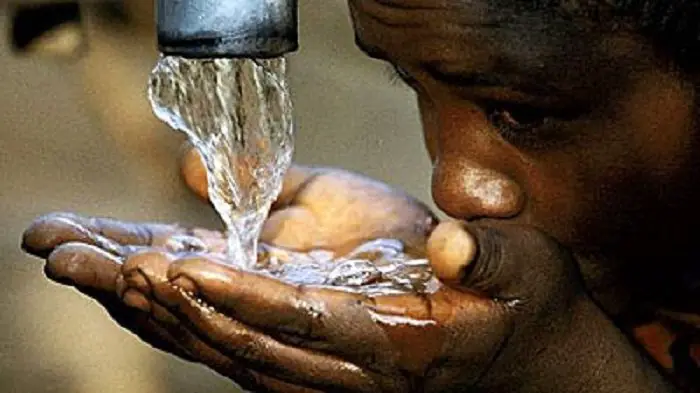Nationally, 92.5% of households have access to improved drinking water sources, according to General Household Survey Series VIII: Water and Sanitation, 2002-2016 report.
The report, which was released by Statistician General Pali Lehohla on Wednesday, showed that the Western Cape, Free State, Northern Cape and Gauteng provinces have almost universal access to improved drinking sources.
“Using the Millennium Development Goals (MDGs) methodology, Western Cape (99.4%), Free State (99.3%), Northern Cape (99.1%) and Gauteng (98.6%) reported almost universal access to improved drinking water sources.
“Universal access to improved drinking water sources in households living in RDP dwellings was reported to be 100% in Northern Cape and Free State, whilst Western Cape and Gauteng was 99.8% and 99.6%,” the report said.
The report noted that although the Eastern Cape had the lowest percentage of households with access to improved drinking water sources (75.7%), the province reported the largest increase from 2002 when 60.9% reported accessing improved drinking water sources.
Households living in formal and informal dwellings had greater access to improved drinking water sources than households living in traditional dwellings.
“Although Black Africans lagged behind other population groups in 2015, their access to improved drinking water sources increased from 86.1% in 2002 to 91.77% in 2015.”
Access to improved drinking water sources was greater for households living in Mangaung with 100% access, while households in Buffalo City, eThekwini and the City of Tshwane had the lowest access to improved drinking water sources.
According to the survey, nationally, 15% of households lived more than 500 metres away from water sources.
Provincially, gender and racial disparities exist as 28.2% households in KwaZulu-Natal were most likely to reside more than 500 metres away from the water source, followed by 16.3% households in Limpopo.
The report said during 2009, 88% households lived less than 200 metres away from the outside-yard toilet facility, whereas in 2015, the percentage increased to 94%.
Nationally, the percentage of households with access to improved sanitation facilities increased from 62.3% to 80% in 2015.
“The majority of households in the Western Cape (93.3%) and Gauteng (91%) had access to improved sanitation facilities, while about half in Limpopo (54%) and just below two-thirds in Mpumalanga (65.8%) had access to improved sanitation facilities.
“It is notable that access to improved sanitation facilities grew most rapidly in Eastern Cape (+48.2 percentage points) between 2002 and 2015. The metros with the largest percentage of households with access to improved sanitation facilities were the City of Johannesburg (96.9%), Nelson Mandela Bay (94.6%) and the City of Cape Town (91.8%).”
The metros with the lowest percentage of households with access to improved sanitation facilities were City of Tshwane (82%) and eThekwini (83.5%).
The odds of households in other eight provinces to have access to unimproved sanitation facilities were greater than the odds of households in Western Cape.
Nationally, 1.2% of households reported using the bucket toilet system with Western Cape recording the highest percentage (4%) of households using the bucket toilet system, followed by Free State (2.7%), and Northern Cape (2.4%).
The report noted that even though only 1.2% of households reported using the bucket toilet system, “there is still a large proportion of households living in informal dwellings (6.8%) who reported using the bucket toilet system.”
